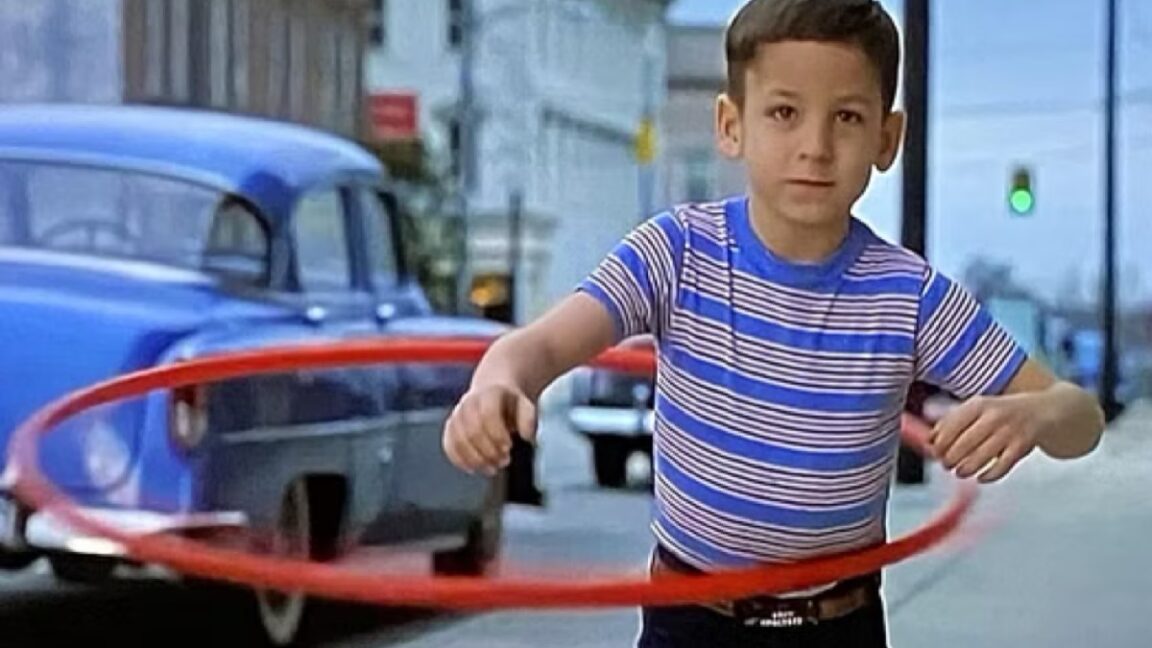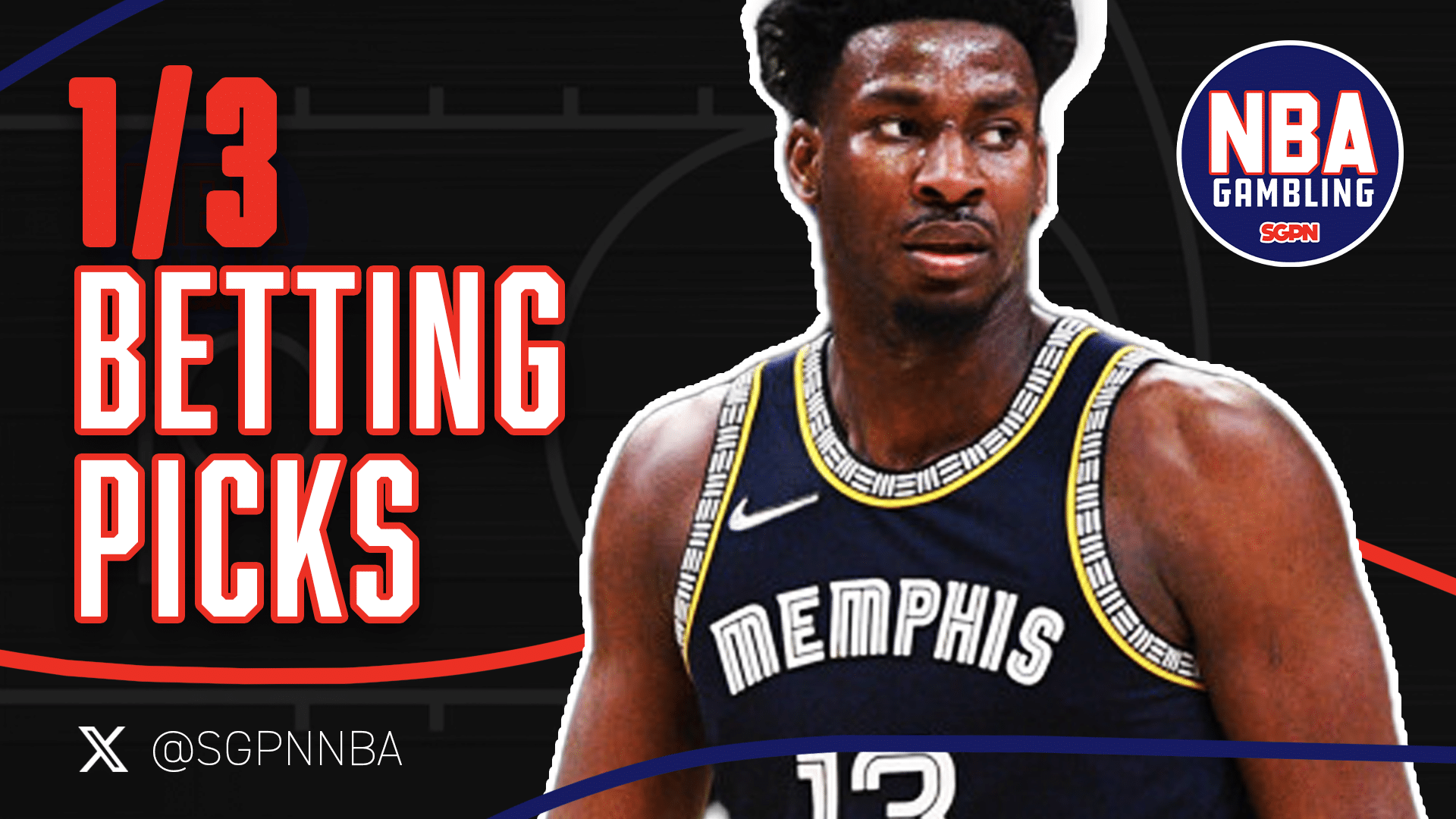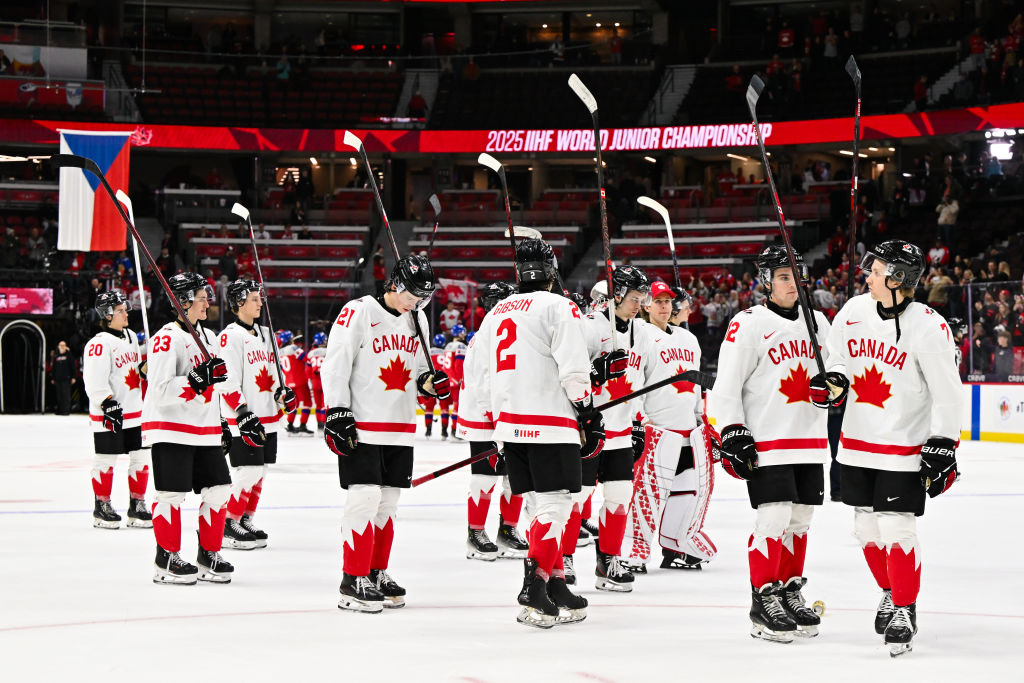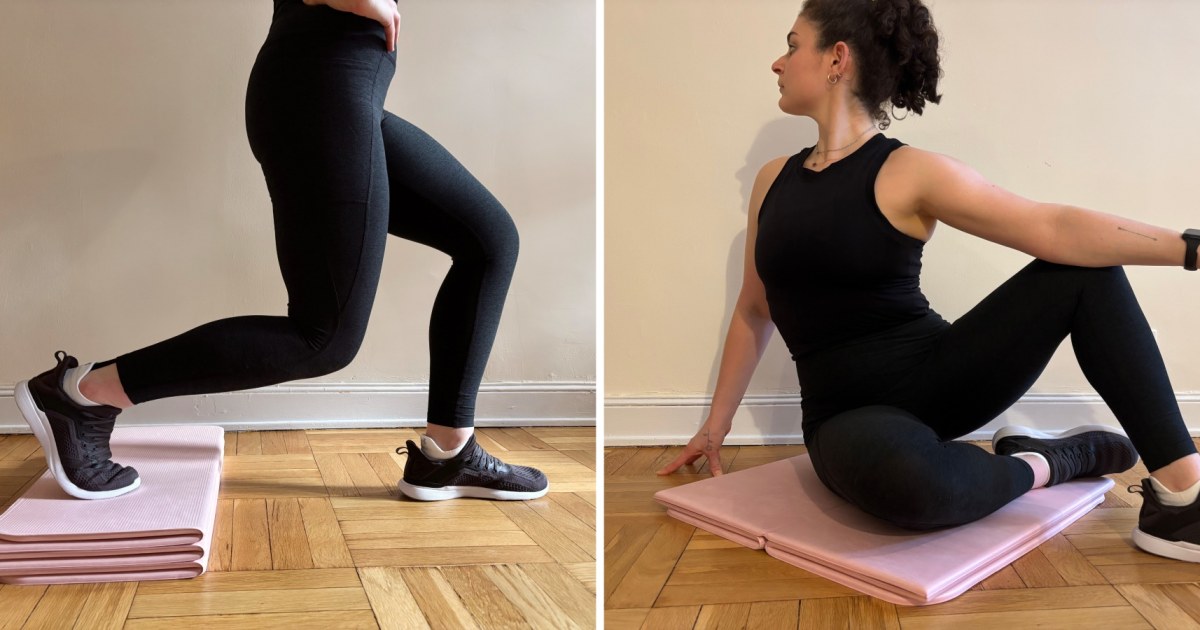Fashion
Is there a market for a £360 replica football shirt? One luxury brand thinks so
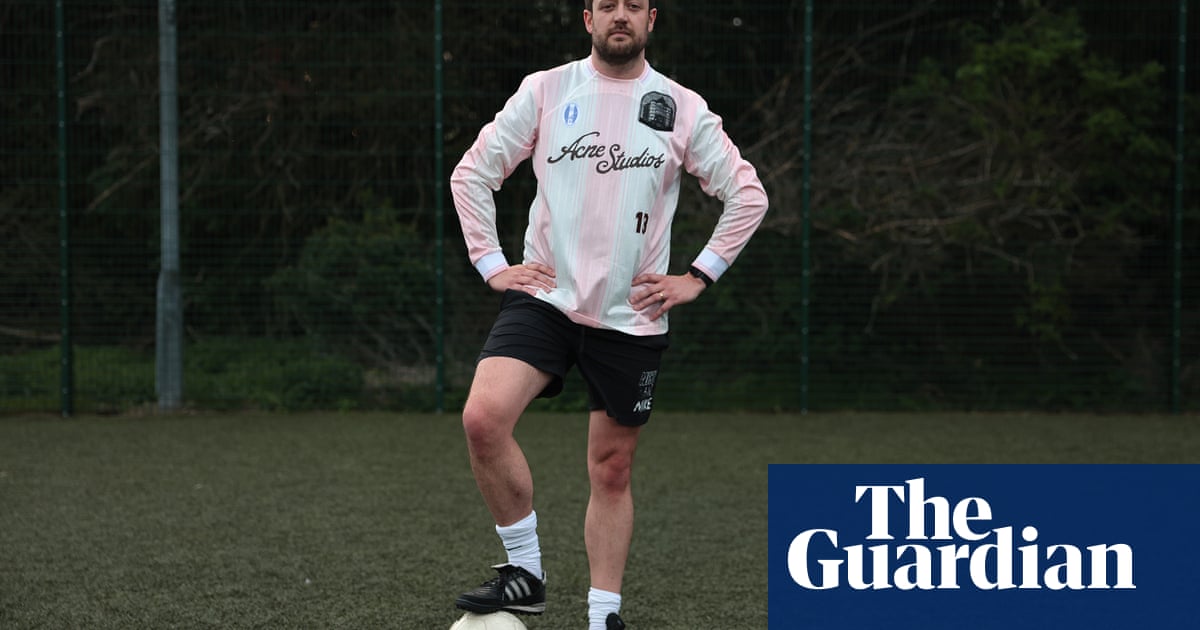
It is nearly the end of the season but fashion has other plans: earlier this month Swedish luxury fashion label Acne Studios launched a £360 mock football shirt. Even though it makes Nike’s £124 England tops seem like a bargain, it is close to sold out.
Acne calls it an “appliquéd logo-print striped mesh T-shirt”, but to all intents and purposes it is a football shirt. It features the name of the label where a sponsor would be; a little white and navy-striped-crest that’s not dissimilar to serial Swedish champions Malmö’s and comes in a pastelly hue, which is apt given Acne’s creative director, Jonny Johansson, has been credited as the designer who popularised “millennial pink”.
This is just the latest attempt by a catwalk brand to ape the polyester stylings of 80s or 90s football. Others have come from Balenciaga’s Soccer Series in January (a 90s-looking baggy top, RRP $1,400) and a similarly priced collaboration between Gucci and streetwear brand Palace from 2022.
“Designers like Martine Rose have been doing it for years but it’s really caught on with some of the big luxury brands,” says Daniel-Yaw Miller, an expert in the crossover between fashion and sport at industry site the Business of Fashion. “[Sport] helps them be relatable and show they’re aware of things outside of the fashion industry.”
But would playing in a top that costs more than some season tickets help me transform my game from park plodder to stylish playmaker? Football, like fashion, loves a trier. And that’s very much my vibe: if you want someone to run around looking busy and give you the ball straight back then I’m your man. Or at least your third-choice right back. My football fashion sense is similarly lacking in flair, more Keir Starmer at five-a-side than Jack Grealish for Gucci.
It’s a little snug as I try it on and make my way to the pitch for my Friday night game but I’m less self-conscious than I feared, possibly because it just looks like an actual football shirt but also because I can’t see the giant ACNE STUDIOS detail stitched on the back, where a player’s name would be.
As I warm up in it I think the shirt does look pretty sharp – though I wouldn’t say it made my first touch any less clumsy. It also generally gets a good review from my teammates. Although I will be self-conscious later when I’m asked by someone else, a little aggressively, at the bar of a local pub “what [expletive] team is that?”. Plus when I share the price on our Friday Night Football WhatsApp group, responses include: “I’m sure some wally would buy it” and “I’m pretty sure even [Chelsea co-owner] Todd Boehly would think it’s expensive”.
Until a few years ago, with the boom in vintage shirt dealers like Classic Football Shirts, replica tops were rarely considered cool, even among fans. To wear one out in public was to be frowned upon. Not least if you wanted to get inside a pub at an away game. But now they being seen at catwalk shows. How did that happen?
“I think it’s definitely connected [to the boom in vintage kits],” says Miller. “Designers like to mine archives and look for historic and cultural references in their collections to show how sophisticated and culturally aware they are.”
The clubs themselves are also increasingly pairing up directly with labels to take advantage of a growing market of hypebeast streetwear aficionados who are also football fans. Those have included Juventus’s collaboration with Palace and Arsenal’s with UK streetwear label Maharishi.
Miller also points to Paris Saint-Germain’s embrace of fashion collaborations – an opportunity for both parties to cash in. The French club, which opened an unlikely London boutique last autumn, is the only football team to have kits made by Nike’s Air Jordan label. It has also teamed up with brands such as Dior and LA streetwear brand Born x Raised.
But is there really a market for a £360 football shirt? “There is,” says Miller, “because this sport/fashion moment has exploded into the mainstream. You walk around in London or you go to fashion week and you see people who may not have any idea about what the badge on their luxury brand football jersey says or means but they’re wearing it as a fashion item.”
Craig Buglass studied fashion at the Royal College of Art in the 90s. There, he was a rare football fan among the other students, with a love for terrace favourites like Stone Island and CP Company jackets. He went on to work for Puma, before designing the Nike shirt Brazil wore to win the 2002 World Cup Final. He now tutors people trying to get into the shirt design game.
What does he make of this lucrative love-in between luxury fashion and the people’s game? “It’s brilliant,” he says. “I’ve got no qualms with it at all. It’s no different from when I’m designing any kind of product – sportswear, football kits, whatever – I’m always looking for inspiration from other areas. There’s always been that clash of fashion and sports smashing with subcultures, and terrace wear.”
Shirts like Acne’s, he says, might – if the colours were right (he’s a big Newcastle fan) – appeal to the kind of fashion conscious consumers like him who wouldn’t wear sportswear outside of doing exercise, but might still like to embrace football shirt culture.
Buglass also notes the increasing commercial inventiveness of clubs and their fashion partners. He points to Manchester United and Adidas’s clever mining of their archives for an Adidas Originals collection, as well as a collaboration with the Stone Roses.
“It’s really clever how they’re recognising the fanbase can be anything from a four-year-old – or even a newborn – all the way up to 80-, 90-year-old. The brand stretch of a football fan, it’s absolutely huge. Then you’ve got the different genders. From a clothing brand perspective times have not been any better. The appetite just seems to be huge.”
All of which helps explain why luxury brands are so keen to get in on this lucrative game. But I won’t be wearing it again. Although the shirt features a genuinely quite beautiful stitched motif of the label’s brutalist Jan Bočan-designed HQ in Stockholm and is reminiscent of Palermo’s famous pastelly pink home jersey and Arsenal’s 2022/23 cult third kit or, less interestingly, Inter Miami’s light pink home shirt, which was named one of Vogue’s 15 fashion items that defined 2023, I soon realise one major flaw of wearing a £360 sold-out luxury fashion number to play eight-a-side. Back at the pitch, our organiser Stu sorts the team out. He’s putting me on bibs.


